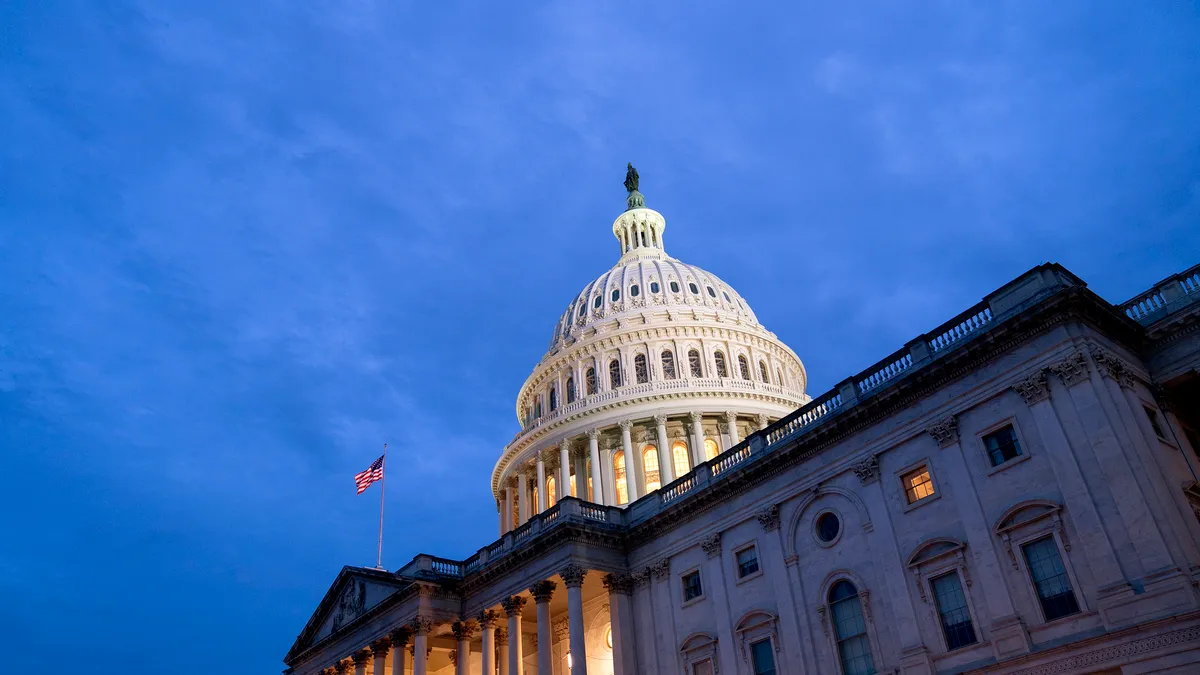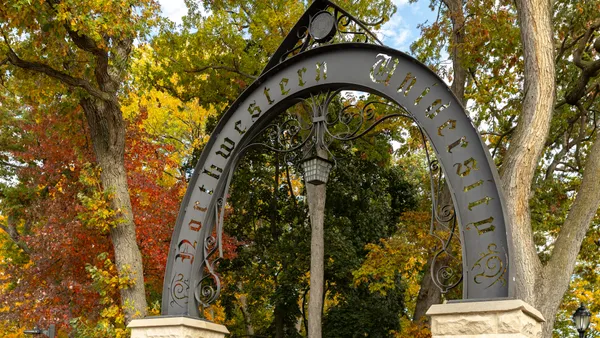Dive Brief:
- Public research universities spent almost $14.5 billion in federal coronavirus relief funding by the end of 2021, totaling about 70% of the amount they received, according to an analysis released Wednesday by the Association of Public and Land-grant Universities.
- The total includes $6.7 billion for emergency aid grants to graduate and undergraduate students, 79% of the funding lawmakers earmarked for that purpose. Institutions had spent just under $7 billion in institutional funding, about 66% of the total legislators set aside for direct aid to institutions.
- APLU expects public research universities to spend most of the remaining relief funding in 2022.
Dive Insight:
Wednesday's analysis provides an important data point about how quickly colleges have been spending federal funding from the Higher Education Emergency Relief Fund, or HEERF.
Lawmakers allocated the money for higher ed so institutions could compensate for the pandemic's disruptions to campus operations and students' lives. Where the money is going and how quickly colleges are spending it are of interest after the government tweaked spending guidelines and tried to encourage colleges to use the money on priorities like student success initiatives and debt forgiveness.
Congress set aside about $77 billion in HEERF for colleges across higher ed and their students as parts of three different pieces of larger coronavirus relief legislation passed between March 2020 and March 2021. The Coronavirus Aid, Relief, and Economic Security Act, or the CARES Act, allocated $14 billion in March 2020. The Coronavirus Response and Relief Supplemental Appropriations Act, or CRRSAA, carved out $23 billion in December 2020. The American Rescue Plan Act, or ARP, allocated $40 billion in March 2021.
In each case, funds were disbursed to colleges and universities a few months after the acts' passage.
APLU institutions accounted for about $20.7 billion of the $77 billion in relief funding. The association looked at its member institutions' spending through the end of 2021 to perform Wednesday's analysis.
By the end of 2021, they spent more than the roughly $10 billion they received from the first two pieces of legislation, according to APLU. The institutions "have also used significant funding thus far in 2022" and "will expend the vast majority of HEERF grant dollars as they continue to address the ongoing impact of the pandemic," the association said in a news release.
APLU's members enroll 4.2 million undergraduates and 1.2 million graduate students. They also employ 1.1 million faculty members and other staff.
Wednesday's analysis makes the case that colleges have been trustworthy with the money. Money tabbed for emergency grants helped students pay for needs like food, rent and course materials, it says. Some colleges sent money to eligible students automatically, while others used application processes. Some gave automatic awards to low-income students and then also used application processes to make additional aid available.
Institutional aid, which wasn't specifically set aside for students, helped campuses offset revenue losses, the analysis says. Colleges also used it for COVID-19 testing and other mitigation efforts. The institutional aid went toward technology and student aid like debt forgiveness and mental health services as well.
"APLU members used HEERF grant funds to provide critical support, spending emergency funds in a responsible and timely manner," the analysis says.














